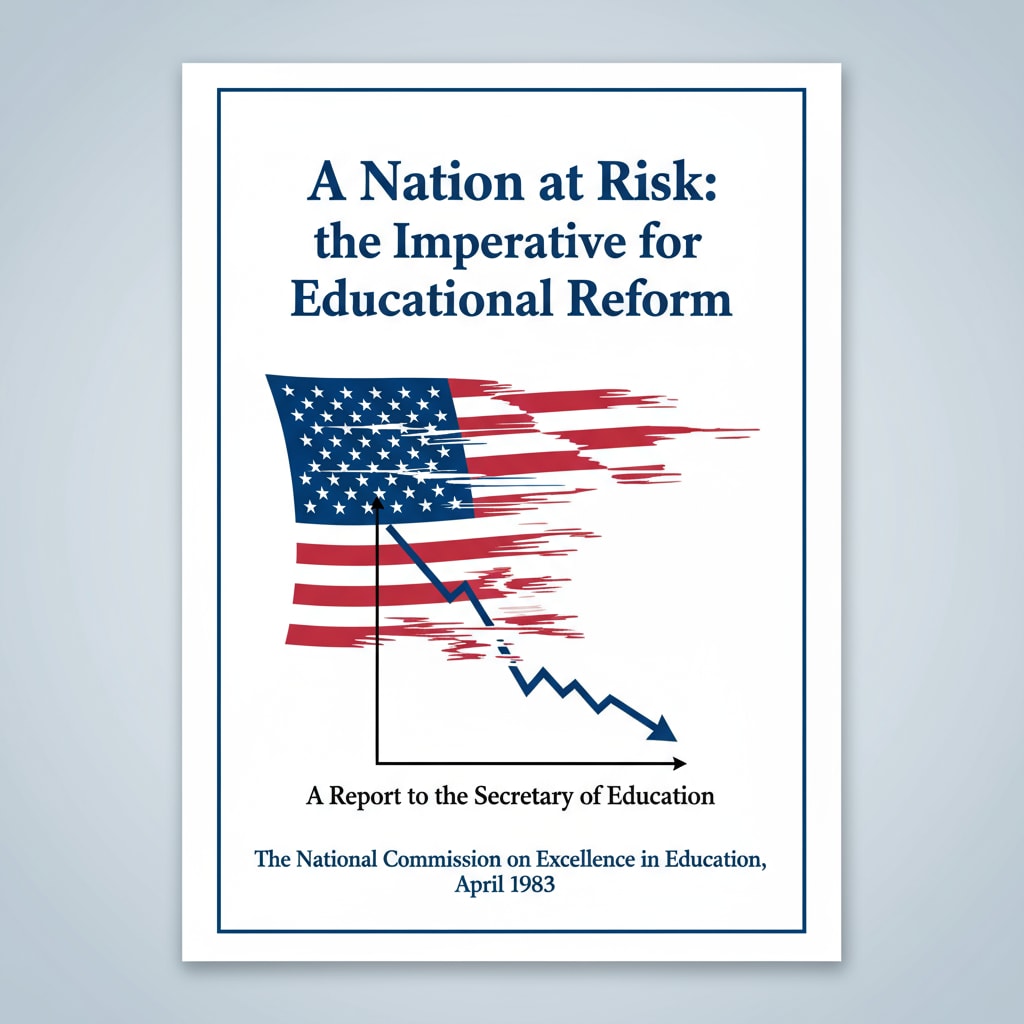The concepts of educational accountability, the NCLB Act, and principals’ dilemmas have significantly influenced the dynamics between principals and teachers in the United States since 1983. The release of the report “A Nation at Risk” in 1983 marked a turning point in U.S. education policy, leading to a gradual shift towards strict accountability systems. This transformation, especially with the implementation of the No Child Left Behind (NCLB) Act, has had far-reaching consequences for the professional relationship between principals and teachers.

The Shift Towards Educational Accountability
Before 1983, the educational environment in the U.S. was relatively more focused on traditional teaching methods and less on strict performance metrics. However, the publication of “A Nation at Risk” sounded an alarm, suggesting that the U.S. education system was failing to prepare students adequately for the global economy. As a result, a series of educational reforms were launched, with accountability becoming a central theme. According to Wikipedia’s entry on ‘A Nation at Risk’, this report led to increased public scrutiny of schools and a demand for improved student performance.

The NCLB Act and Its Ramifications
The NCLB Act, passed in 2002, was a significant milestone in the era of educational accountability. It aimed to ensure that all students, regardless of their background, achieved proficiency in reading and mathematics by 2014. To achieve this, the act imposed strict testing requirements and consequences for schools that did not meet the set standards. As stated on Britannica’s page about the NCLB Act, schools faced sanctions if they failed to show adequate yearly progress. This put immense pressure on both principals and teachers.
Principals, who were once seen as instructional leaders, now had to take on the role of performance supervisors. They were responsible for ensuring that teachers met the strict performance targets set by the NCLB Act. This shift in role created a new dynamic in the principal-teacher relationship. Teachers, on the other hand, felt the pressure of constantly being evaluated based on student test scores. This led to a more tense and less collaborative environment within schools.
Readability guidance: The above content uses short paragraphs to clearly present the impact of different factors on the principal-teacher relationship. The lists help summarize key points, and transition words like ‘however’ and ‘as a result’ are used to enhance the flow of the text.


